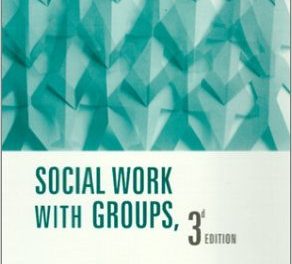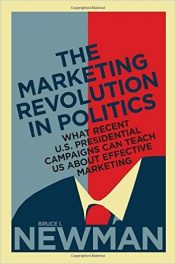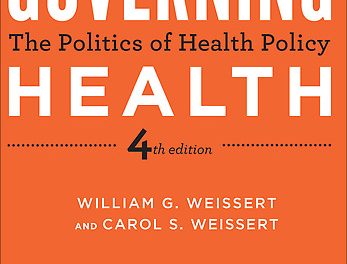Author: Jim O’Neill
Publisher: Portfolio: An Imprint of the Penguin Group – 248 pages
Book Review by Sonu Chandiram
The author Jim O’Neill is chairman of Goldman Sachs Asset Management. He coined the term BRIC in 2001 and identified the countries covered by this acronym – Brazil, Russia, India and China – as four of the fastest-growing major economies in the world, by population and area.
Except for China whose economy is now second in size (having overtaken Japan) to the United States in terms of gross domestic product or GDP, the other three members of the BRIC have one or both key assets – a large and young (read: productive) population and a large geographic area with rich natural resources – that can help enlarge the country’s economy relatively faster than the six largest economies in the world or the G6: the U.S., Japan, Germany, France, United Kingdom and Italy. Note that these six countries also carry large amounts of external debt relative to their GDP, which has slowed their growth.
Now about ten years later, he identifies the “next eleven” countries whose GDP will grow rapidly: Bangladesh, Egypt, Indonesia, Iran, Mexico, Nigeria, Pakistan, Philippines, South Korea, Turkey and Vietnam.
In 2003, Jim O’Neill made predictions on the GDP growth rates of the BRICS and in which years they would overtake, collectively and individually, the GDP sizes of the G6.
By 2008, his predictions proved not only true but the actual growth rates of the BRICs were even faster. He indicated that the collective GDP size of the four members of the BRIC will overtake the total GDP size of the G6 by 2040 or earlier.
China was poised to overtake the GDP size of the U.S. by 2039, but now it seems that this milestone will occur much sooner, with the US economy in a slump and saddled with unsustainable and ballooning government debt, while China’s economic growth is racing ahead fast.
O’Neill says that after China as No.1, the U.S. having declined to No.2 position, India could be No.3 as early as in 2040. These would be followed by Japan in the fourth place, with Brazil and Russia holding No.5 and No.6 positions. So only two of the G6 members would still be among the top 6, and the other four countries – Germany, France, UK and Italy would be out of the elite G6 group.
In 2003, Goldman Sachs’ Global Economic Paper No.99 predicted that by 2050, the U.S. would have a GDP of some $45 trillion, China would have about $35 trillion in GDP and India could have a little over $25 trillion in total economic output. But based on the current slow GDP rate of the U.S. as it is weighed down in exploding debt, growing joblessness and massive outflow of U.S. private capital to China and India, do not be surprised if China’s GDP would be much higher than that of the US by the year 2050 or much sooner.
What does all this signal to investors? Simply put, invest your money and go where the growth is. It is not surprising that hundreds of billions of dollars are flowing with direct investment by U.S. companies into China and India, as well as indirect investment via purchase of shares of publicly-traded companies in China and India by institutional and individual investors in the U.S.
All the outflow of money from the U.S. and Europe by companies and individuals and inflow into India and China, as well as into Russia and Brazil indicates one thing: that it is easier to make money in these countries than in the West. Otherwise hundreds of billions of dollars would not flow out of the West into the BRICs. People in the higher income brackets in the BRIC countries are flush with cash and spending a lot of it inside and outside their own countries.
Money flow helps grow GDP both by investing and spending it. On consumption, Jim O’Neill writes:
“The economic evidence of rapid growth in BRIC consumption is at least as compelling as the anecdotes. At the end of 2010, consumption in the BRIC countries came to about $5 trillion. In the United States it was $10.5 trillion and in the European Union $9.5 trillion and in Japan around $3 trillion. Significantly though, the growth rates in these different markets were dramatically different
In 2000 BRIC consumption was just $1.4 trillion, so the increase to $5 trillion represents an increase of almost 260 percent over just ten years. If this pattern persists, at least to the end of the decade, the BRIC consumer markets could be worth $12 trillion or more.”
So if you want to invest with potentially higher returns, you could purchase stock in public firms in the BRIC countries. Or you could invest in a private way by opening a branch or an agency of your company in any of the BRIC countries.
Jim O’Neill provides excellent insight on these four emerging markets, as well as the next 11 countries that show big potential. Get the book to read the details as to why all these countries are important for investors.






